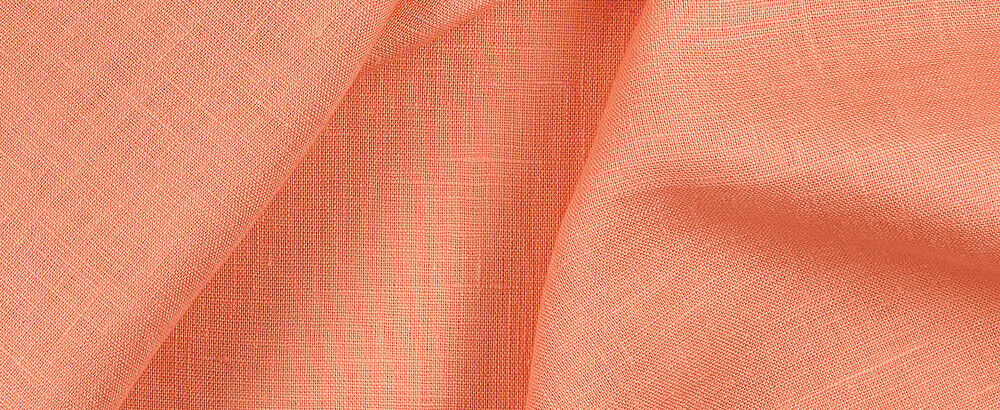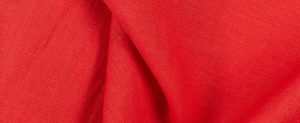FS Colour Series: PEACH PINK Inspired by Willem De Kooning’s Warm Coral
Abstract Expressionist painter Willem De Kooning was obsessed with pink, making it a defining feature in many of his most renowned works of art. These include his formative paintings of women, caught up in great tangles and ribbons of expressive colour. While De Kooning eventually abandoned these figurative references for a language of pure abstraction, warm, naturalistic coral shades like PEACH PINK were still ever present; on the one hand, they suggest a lingering human presence, yet, as many art historians have pointed out they also invoke references to nature, suggesting anything from hot sand, to terracotta earth or blooming flowers. De Kooning commented in his later years, “Now I go on my bicycle down to the beach and search for a new image of the landscape… All the images inside me are from nature anyway.”
Willem De Kooning was born in the Netherlands in 1904. He demonstrated an early aptitude for art from a young age, taking up an apprenticeship with a design firm when he was just 12 years old. In 1926, De Kooning stowed away on a ship heading for the United States, where he went in search of any paid work or opportunities he could find. After a brief stint as a house painter, he made the choice to become a fine art painter; as he integrated himself with the burgeoning underground art scene, he took an increasingly experimental approach to painting, exploring elements of Cubism and Surrealism. Like many American artists of the 1930s, De Kooning found steady employment through the Works Project Administration (the WPA). Through them he made contact with many leading New York artists of the day, including Jackson Pollock, Franz Kline and Lee Krasner, who would together become known as the New York School, and later the Abstract Expressionists.
The year 1948 was a pivotal one for De Kooning; he had his first one man show at Charles Egan Gallery to great critical acclaim, showcasing a series of expressionistic, almost entirely abstract paintings. But during the 1950s, De Kooning changed tack, embarking on a series of controversial portrayals of women, which, with their crude, angry brush marks and deconstructed subject matter attracted equal amounts of criticism and praise. By the later 1950s he had abandoned this style of figuration for abstraction again, this time approached with new levels of gusto and freedom. “You have to change to stay the same,” he later commented on these stylistic changes.
In the painting January 1st, 1956, we see De Kooning’s late abstract style emerging, as hard, angular lines and scrawled patches of colour interact with one another, forming a loose and uneven network, as craggy and disjointed as a drystone wall. The standout colours here are coral pink and cool turquoise, which are offset against one another like the ocean against the sand. The later study on newspaper, Untitled, 1976, sees De Kooning loosely drawing out a series of burgundy lines to invoke the sensations of movement, while free daubs of peachy pink interact with pastel blues and just the faintest trace of tomato red. Meanwhile, in Untitled, 1975-77, De Kooning experiments with looser, thinner passages of paint that allow the white background surface to show through, creating a glowing, luminescent quality. A solid patch of warm pink on the top right creates a moment of stillness within the image, otherwise an angry flurry of hot pink and lemon yellow ribbons and strands painted in slippery, aqueous smears. Untitled, 1977, is simpler in design, yet equally as wild and free, with turbulent marks in blue, black and white invoking oceanic waves or stormy skies, while solid streaks of peach layered on top invite visceral, tactile passages of warmth and calm amidst the chaos.
















































Leave a comment